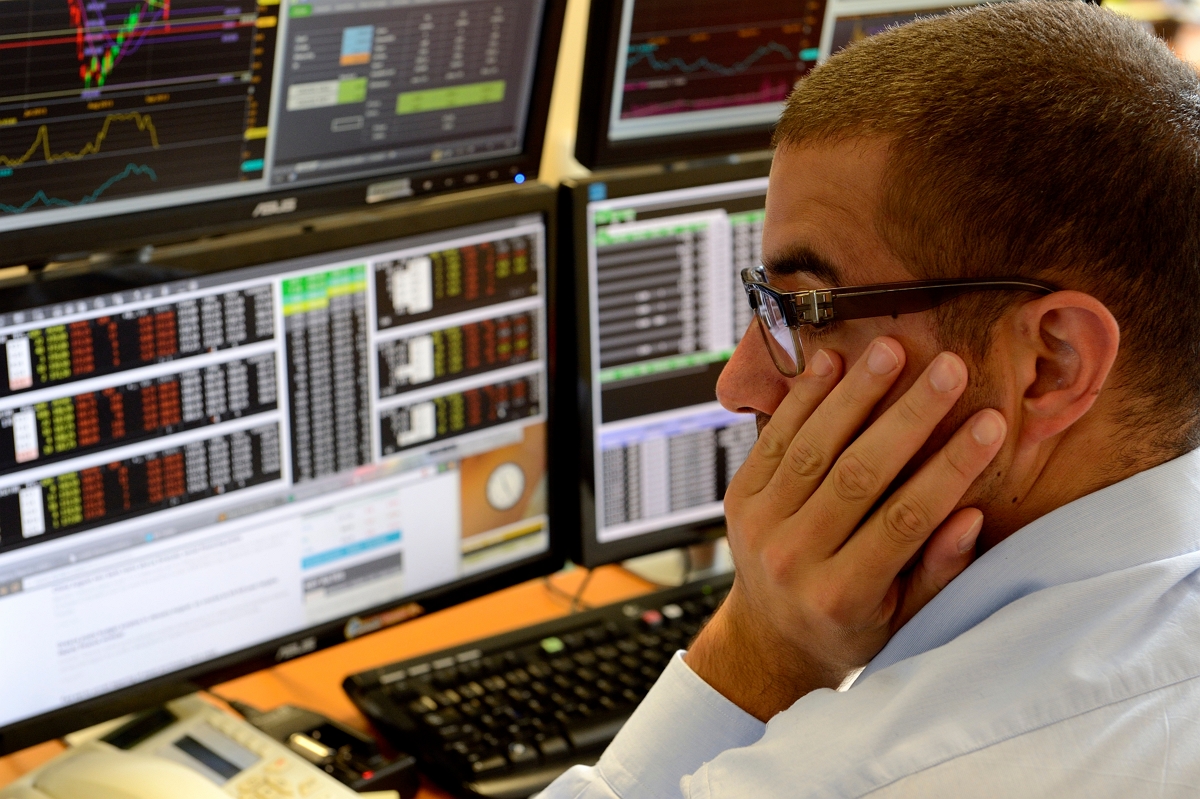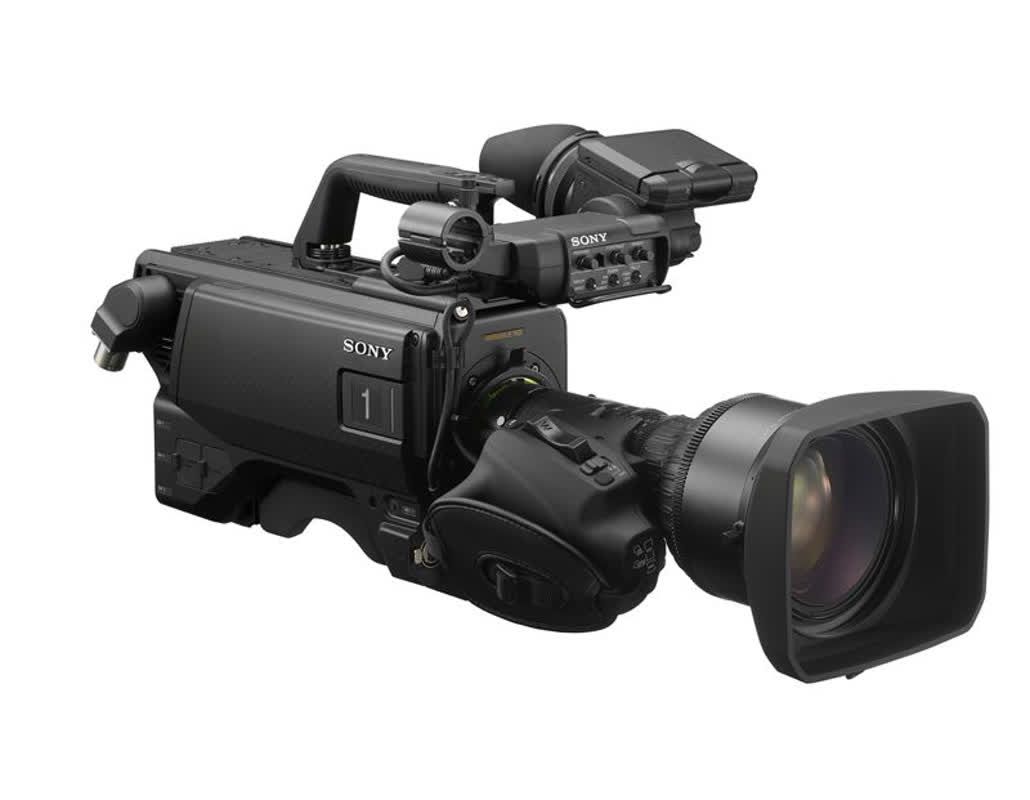
The New York stock market continued its downward spiral on April 4.
Concerns over a full-fledged trade war intensified as China announced plans to impose a 34% retaliatory tariff on U.S. products in response to U.S. President Donald Trump’s mutual tariffs.
The tech-heavy Nasdaq plunged into bear market territory, while the S&P 500, which best reflects the overall market condition, tumbled more than 17% from its peak, approaching bear market territory.
The Dow Jones Industrial Average, comprising 30 blue-chip stocks, also entered correction territory.
The CBOE Volatility Index (VIX), often referred to as Wall Street’s fear index, skyrocketed by 51% to around 45 points.
The sell-off in big tech continued, with Tesla plummeting 10.4%, while Nvidia and Apple fell 7.4% and 7.3% respectively.
Bear Market
The Nasdaq crashed below the 16,000 mark, officially entering bear market territory.
It nosedived 962.82 points (5.82%) to close at 15,587.79, marking a 22.7% drop from its all-time high of 20,173.89.
With a decline of over 20% from its peak, the Nasdaq officially entered a bear market.
The S&P 500 teetered on the edge of bear market territory.
After entering the correction phase the previous day, the S&P 500 plummeted 322.44 points (5.97%) to 5,074.08, representing a 17.4% decline from its all-time high of 6,144.15.
On this day, only 14 out of the 500 companies in the S&P 500 saw their stock prices rise.
The Dow rapidly entered correction territory, signaling an impending bear market.
The Dow plunged 2,231.07 points (5.50%) to close at 38,314.86, crashing below the 40,000 mark. It has now fallen 14.9% from its peak.
This marked the first time in history that the Dow has dropped over 1,500 points for two consecutive days.
All three major indices suffered weekly losses of around 10%.
The Dow fared slightly better with a 7.9% drop, while the S&P 500 and Nasdaq plummeted 9% and 10% respectively.
Over the two-day panic sell-off triggered by reciprocal tariffs, the Dow tumbled 9.3%, while the S&P 500 and Nasdaq plummeted 10.5% and 11.4% respectively.
The VIX surged by 15.39 points (50.93%) to reach 45.31.
M7 Plunge
The M7 big tech stocks continued to decline, with Tesla showing a double-digit decline.
Tesla’s stock price plummeted $27.85 (10.42%) to $239.43. Following Trump’s election victory, the stock had soared above $400 but has now halved, retreating to levels seen last October.
Nvidia shares tumbled $7.49 (7.36%) to $94.31 amid concerns over potential semiconductor tariffs.
Apple’s stock price plunged $14.81 (7.29%) to $188.38, fueled by fears that iPhone prices could more than triple.
The other M7 stocks also experienced significant declines, though not as steep as Tesla’s
Microsoft (MS) fell $13.27 (3.56%) to $359.84, while Alphabet dropped $4.89 (3.20%) to $147.74.
Amazon declined $7.41 (4.13%) to $171.00, and Meta Platforms closed down $26.89 (5.06%) at $504.73.
Semiconductor Crash
Semiconductor stocks plummeted amid Trump’s tariff threats on the sector.
AMD shares nosedived $8.04 (8.57%) to $85.76, while Qualcomm Incorporated tumbled $11.96 (8.58%) to $127.46.
Broadcom fell $7.72 (5.01%) to $146.29.
Intel Corporation saw a pre-market surge following news of a tentative agreement to establish a joint venture with TSMC. However, it plummeted during regular trading, falling $2.58 (11.50%) to $19.85.
GameStop and Nike Surge
Meme stock favorite GameStop and sports brand Nike posted significant gains.
GameStop shares soared after CEO Ryan Cohen disclosed on April 3 that he had purchased 500,000 shares. The stock jumped $2.39 (11.33%) to $23.49.
Nike saw a sharp increase following news of potential tariff negotiations with Vietnam.
Trump’s announcement that Vietnam would begin negotiations to lower mutual tariffs sparked a rally in Nike’s stock price.
Nike produces half of its footwear and 28% of its apparel in Vietnam.
Buoyed by expectations of potentially lower Vietnamese tariff rates, Nike’s stock climbed $1.67 (3.00%) to $57.25.


